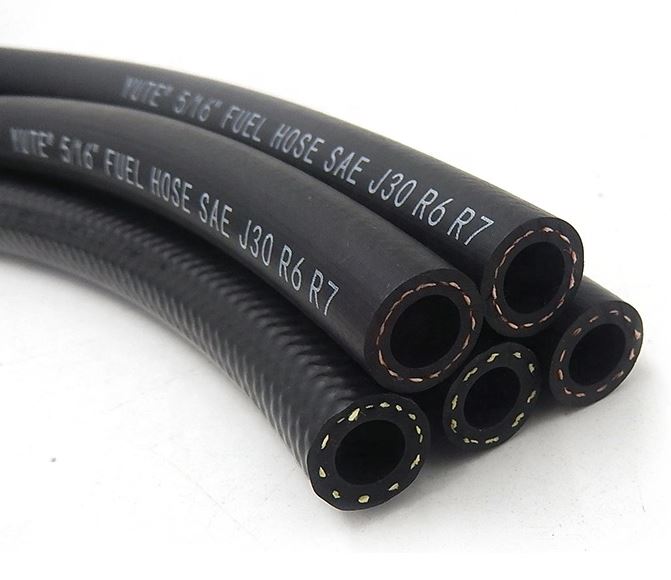types of hoses in fire
Types of Hoses in Firefighting
Firefighting is a critical profession that requires extensive training, specialized equipment, and a deep understanding of various tools used to combat fires. Among these tools, hoses play a pivotal role in delivering water or fire-suppressing agents to extinguish flames effectively. There are several types of hoses employed in firefighting, each designed for specific purposes and conditions. Understanding these variations is essential for firefighters to maximize their efficiency during emergencies.
1. Attack Hoses
Attack hoses are the primary hoses used by firefighters when engaging a fire. These hoses are designed to transport water at high pressure directly from a fire engine to the designated fire area. They typically come in diameters ranging from 1.5 to 3 inches, with the most common size being 1.75 inches. Attack hoses are relatively lightweight and facilitate maneuverability, allowing firefighters to quickly advance towards the source of the fire. Constructed from durable synthetic materials, these hoses can withstand high pressures and extreme temperatures, making them crucial for tackling aggressive blazes.
2. Supply Hoses
Supply hoses, often referred to as large-diameter hoses (LDH), are primarily used to transport water from a hydrant or water source to the fire truck. These hoses usually have a diameter ranging from 4 to 6 inches, enabling large volumes of water to be transported quickly and efficiently. Supply hoses are crucial for maintaining steady water supply during firefighting efforts, especially in large fires that require substantial amounts of water. The construction of supply hoses is robust, as they must endure the pressure from water pumped from hydrants to fire engines.
types of hoses in fire

Booster hoses are smaller, typically 1 inch in diameter, and are used for supporting smaller fires or for initial attack lines in certain situations. They are extremely flexible and lightweight, making them easy to handle and deploy. Booster hoses are often found on fire engines where they can be quickly accessed. While they may not deliver as much water as larger hoses, they are perfect for quick response scenarios, and their portability allows firefighters to use them in areas with limited access.
4. Dry Hoses
Dry hoses are specific types of hoses designed not to carry water until they are needed. They remain unpressurized until connected to a water source. This type of hose is ideal for situations where firefighters need to secure a line without worrying about leaks or water accumulation before deployment. Dry hoses are commonly used in industrial applications or where temporary water supplies are established.
5. Wildland Hoses
Wildland hoses are specially designed for use in brush or forest fire situations. These are lightweight and often constructed from unique materials that resist abrasion and wear due to rugged terrain. Wildland hoses are typically smaller in diameter, around 1 to 2 inches, allowing for flexibility in accessing remote fire areas. Their agility makes them suitable for use where traditional hoses might struggle.
Conclusion
In summary, the various types of hoses play a vital role in firefighting operations. From attack and supply hoses to booster, dry, and wildland hoses, each serves a specific function that enhances the effectiveness of fire suppression efforts. Understanding these different hoses helps firefighters choose the right tool for the job, ensuring a more efficient response to emergencies and ultimately saving lives and property from the devastating effects of fire. As technology continues to evolve, so too will the design and functionality of firefighting hoses, allowing for even more effective firefighting strategies in the future.
-
Unrivaled Performance and Applications of PU Pneumatic Hoses and TubesNewsJun.11,2025
-
The Transparent World of Industrial Tubing and Hosing SolutionsNewsJun.11,2025
-
The Intricate World of Pneumatic Conduits: Tubes and HosesNewsJun.11,2025
-
The Dynamic Landscape of Pneumatic Conduits: Unraveling Key ComponentsNewsJun.11,2025
-
The Diverse Applications and Significance of Transparent PVC TubingNewsJun.11,2025
-
High - Pressure Pneumatic Tubing and Systems: An In - Depth LookNewsJun.11,2025














